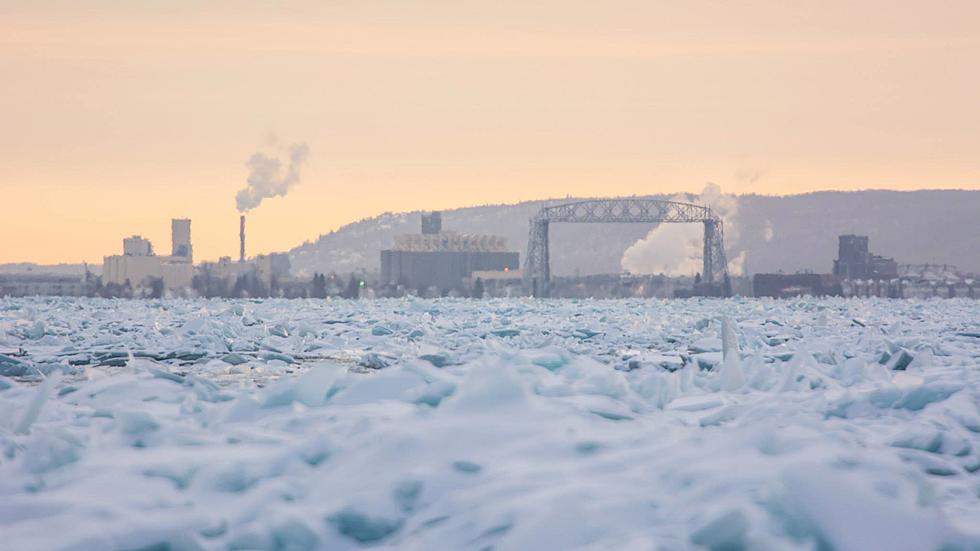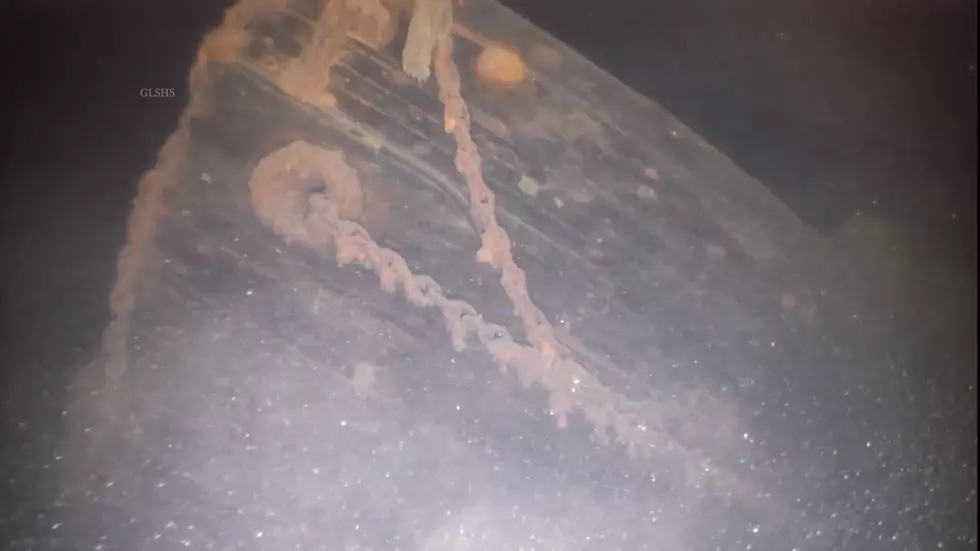
WATCH: Long-Lost Lake Superior Shipwreck Found After 100 Years
Lake Superior is home to a large number of shipwrecks hidden in the chilly deep of the greatest of the Great Lakes.
While the Edmund Fitzgerald is the most famous among these, there are so many others with fascinating stories for those who are interested in the history of shipping on the lake in our backyard.
One of those ships is the Huronton, a steel bulk freighter that sunk almost exactly 100 years ago after a collision with another ship. The Huronton was a 238-foot-long freighter that was sailing empty on Lake Superior on October 11, 1923 - a day with low visibility due to fog and smoke from forest fires.
On the same, day, a larger craft called the Cetus (416 feet in length) was fully loaded and also navigating the difficult conditions in the same area as the Huronton. According to the Great Lakes Shipwreck Historical Society, both ships were traveling too fast for the conditions.

All of those factors led to a situation where the two freighters collided, with the bow of the Cetus punching a large hole in the side of the Huronton. The collision temporarily "locked" the two ships together. The Captain of the Cetus kept his ship's engines running, pushing his vessel into the Huronton enough to keep the hole in the Huronton plugged long enough for her crew to jump aboard the Cetus before she sunk 800 feet to the bottom of Lake Superior.
READ MORE: See What Icondic Duluth Landmarks And Locations Looked Like In 1967
Amazingly, nobody died in the incident. As the Great Lakes Shipwreck Historical Society explains, the crew initially forgot their ship's mascot - a bulldog - aboard the Huronton. The first mate headed back aboard the Huronton to rescue the dog, preventing any lives from being lost in the incident.
That was the last time the Huronton was seen - until just recently.
On the 100th anniversary of the Huronton's sinking, the Great Lakes Shipwreck Historical Society shared that this World War I-era ship had been discovered, found by the crew of the R/V David Boyd while utilizing the GLSHS's sonar towfish.
Following the discovery, the GLSHS was able to send a camera to the site of the shipwreck to capture footage of the sunken vessel, over 800 feet below Lake Superior's surface.
In a roughly 20 minute video, you can see portions of the ship, along with commentary from the crew exploring the wreckage.
According to WCCO TV, there has been an increased effort to find shipwrecks on the Great Lakes as the threat of invasive quagga and zebra mussels continues to grow. These invasive creatures can greatly impact shipwrecks or other structures at the bottom of bodies of water.
These mussels have been found on nearly every shipwreck in the Great Lakes, with Lake Superior offering some exceptions to that rule at this time. The numbers of these invasive creatures are lower than in the other Great Lakes at this time.
Even with that lower immediate risk, it is still a concern.
Sunken Locomotive in Lake Superior, 1910
More From MIX 108









